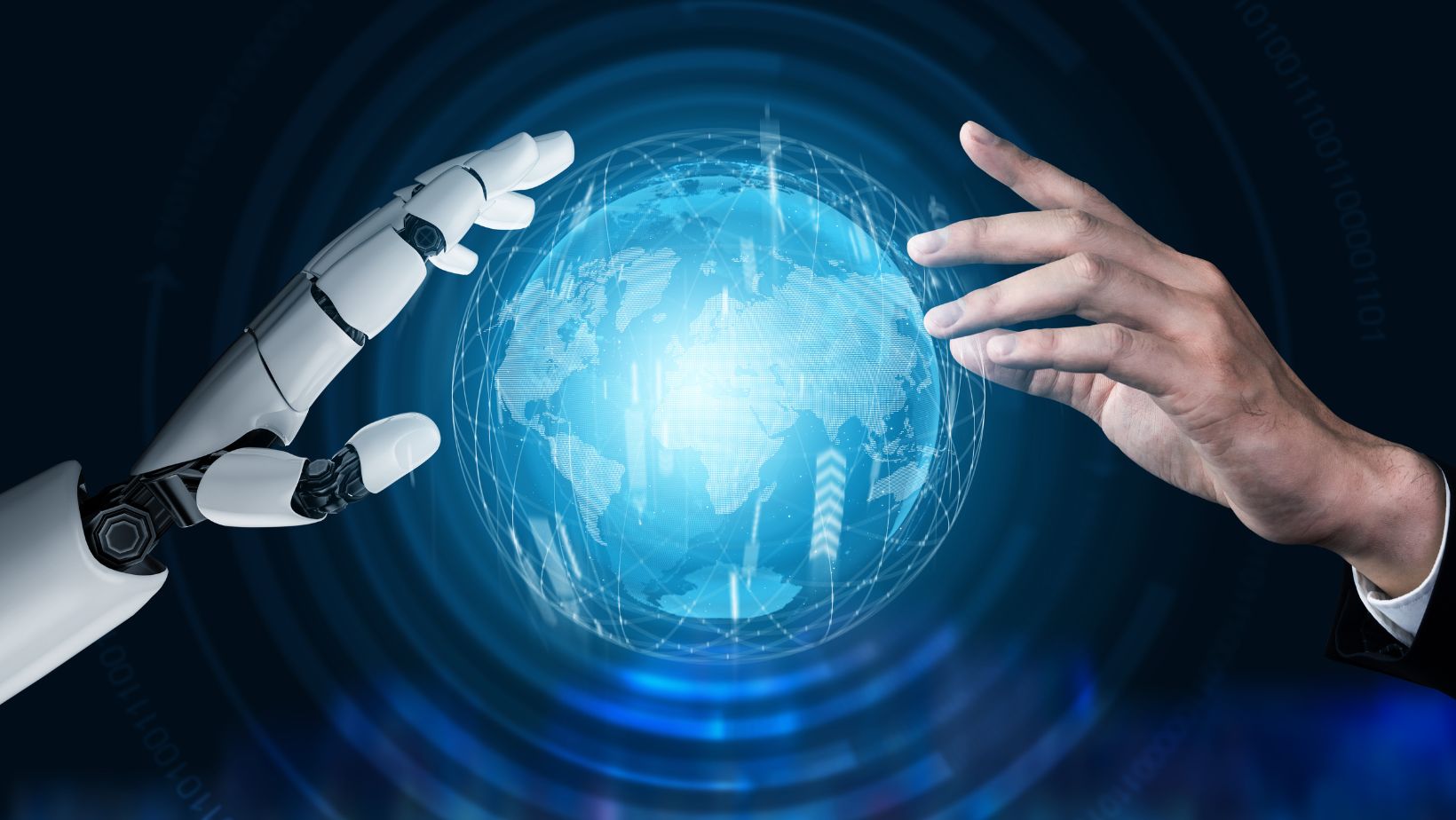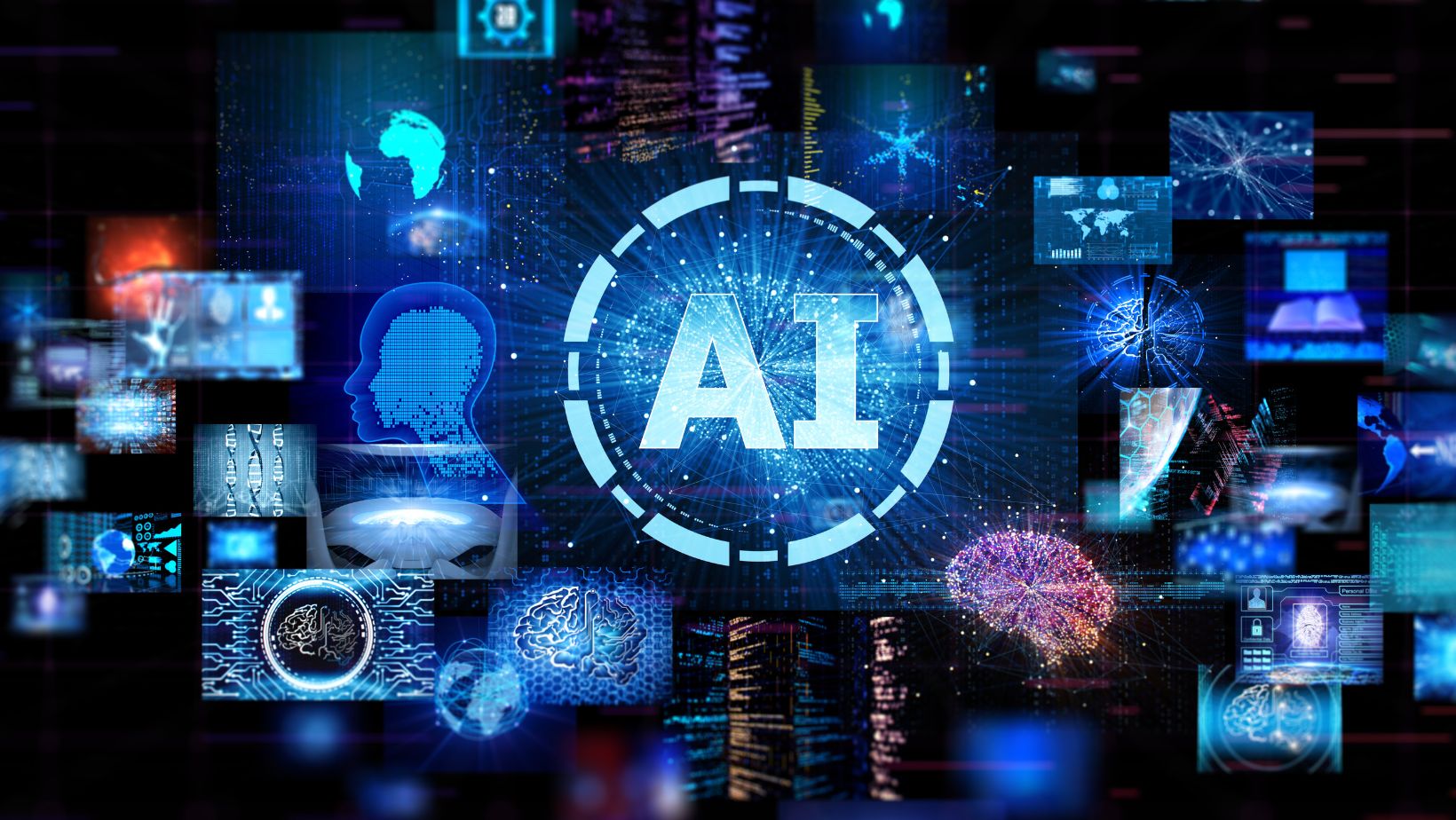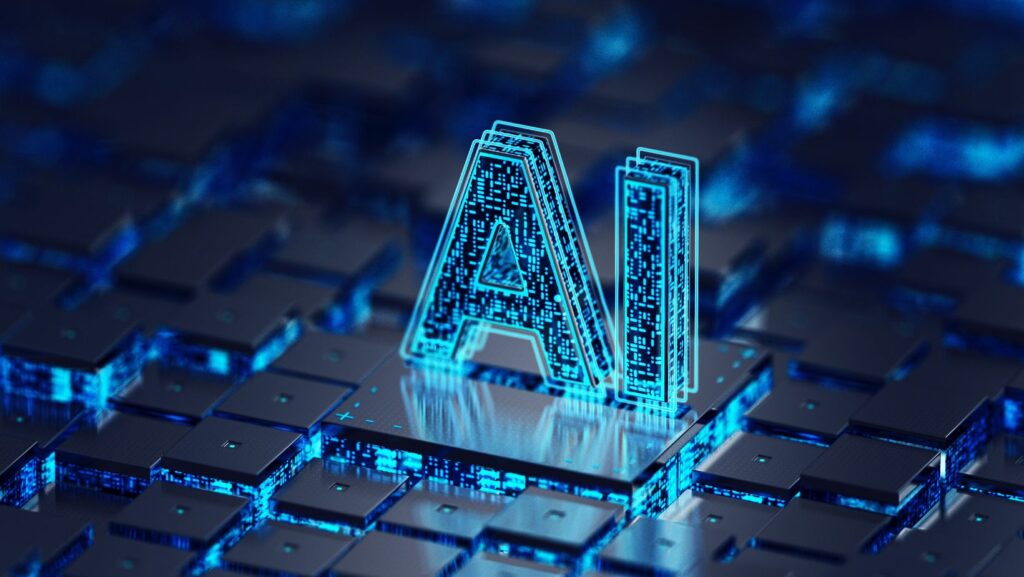Artificial Intelligence (AI) is no longer the stuff of science fiction—it’s embedded in our routines, often operating quietly in the background. From morning commutes to bedtime rituals, AI subtly enhances, simplifies, and even personalizes our lives in ways we barely notice. While the spotlight often lands on high-tech robots or self-driving cars, the true power of AI lies in its silent integration into everyday tools and platforms. Let’s take a closer look at how AI is seamlessly reshaping the ordinary moments of our daily lives—without drawing attention to itself.
Smarter Mornings: How AI Organizes Your Day
Your day might begin with a virtual assistant giving you a weather update or summarizing your calendar. It seems simple, but the technology behind it is layered with machine learning algorithms that understand your behavior patterns. These assistants can predict what information is most relevant based on the day of the week, location, or even your tone of voice. Over time, they become more adept at streamlining your morning routine—filtering urgent emails, setting the best alarm times, or even choosing the ideal playlist to get you going.
AI at Work: More Than Just Automation
AI in the workplace often conjures images of automated chatbots or data analysis tools. While these are valuable, the real transformation lies in how AI supports decision-making. It sifts through massive volumes of information to present concise, actionable insights. In creative fields, AI assists with content generation, market trend analysis, and even predictive design.

Take, for example, video content creation. Traditional editing can be time-consuming and requires a certain skill set. However, creators now have access to tools that use AI to streamline this process. One such innovation is the
ai video generator app, which allows users to turn simple scripts or ideas into polished visual content within minutes. These apps democratize creativity, empowering small businesses, educators, and content creators to deliver professional-grade videos without the need for advanced technical knowledge.
Personalized Entertainment and Recommendations
The movie you binge-watched last weekend or the new music playlist that hit all the right notes? AI probably curated that experience. Streaming platforms use machine learning to understand your viewing habits and recommend content you’re likely to enjoy. This technology processes user behavior across millions of data points—watch time, likes, pauses, rewatches—to build personalized profiles.
The result is an entertainment landscape that feels intuitive, almost as if it knows you better than you know yourself. While you may not consciously think about it, the reason your Netflix queue feels oddly perfect is largely due to AI algorithms working behind the scenes.
AI in Healthcare: Silent Guardian of Wellbeing
One of the more profound areas where AI operates quietly is healthcare. Many wearable devices now come equipped with AI that tracks health metrics like heart rate variability, sleep patterns, and activity levels. These devices offer real-time feedback and even predictive alerts that can warn users of potential health risks before symptoms emerge.
Hospitals and clinics also use AI to assist in diagnostics, flag abnormalities in scans, and streamline patient data for quicker treatment decisions. The impact is significant—patients benefit from faster, more accurate care without even realizing an algorithm is part of the process.
Everyday Communication Gets a Boost
Even your chats and emails benefit from AI. Autocorrect, predictive text, and smart replies are powered by natural language processing (NLP), a branch of AI. These features reduce typing effort, catch errors, and make communication smoother. In multilingual households or global workplaces, AI-powered translation tools bridge language gaps with surprising accuracy.

Moreover, AI is transforming how we design and send personalized messages for special occasions. For instance, invideo AI has introduced an
ai invitation maker that allows users to create visually stunning, tailor-made invitations in minutes. Whether it’s a wedding, birthday, or corporate event, users can now combine automation and customization in a way that was previously only possible with professional designers.
Smarter Homes and Cities
Smart home devices have become household staples, quietly managing everything from lighting and thermostats to security systems. These AI-driven systems learn your preferences and optimize settings automatically. You may not realize it, but your smart thermostat deciding to pre-warm the house before your arrival is a direct result of AI interpreting behavioral patterns.
Beyond homes, AI is at work in city infrastructure. Traffic signals adjust in real-time based on congestion data, public transport apps update routes dynamically, and energy grids distribute power more efficiently—all without drawing attention to the powerful algorithms behind the scenes.
Retail and Shopping Experiences Reimagined
Online shopping has become more than just convenience—it’s become predictive. AI helps retailers recommend products based on browsing behavior, purchase history, and even social media activity. Visual search tools allow users to upload photos and find similar items instantly, and chatbots handle queries around the clock, often indistinguishably from human agents.
In brick-and-mortar stores, AI powers inventory management systems that restock shelves with precision. Some retailers are even experimenting with cashier-less stores where AI monitors purchases and bills customers automatically.
Education That Adapts to You
The traditional classroom is evolving with AI-powered tools that adapt to students’ learning styles. Educational platforms now use machine learning to identify weak areas and tailor lessons accordingly. This personalized approach improves retention and engagement.
Teachers benefit, too—automated grading systems save time, while AI analytics provide insight into class performance trends. Whether it’s a student getting real-time math help or a teacher adjusting their lesson plan based on class data, AI is making education more responsive and inclusive.
Conclusion: A Silent Revolution in Full Swing
AI’s quiet revolution is well underway. Its integration into the fabric of everyday life isn’t flashy, but it’s deeply transformative. From how we communicate and create to how we work, learn, and stay healthy, artificial intelligence is there—adapting, learning, and improving behind the scenes.
Rather than replacing human input, AI is amplifying it. And while you might not always see it, the ripple effects of AI’s influence are everywhere, reshaping the modern experience with subtlety and precision.
 Take, for example, video content creation. Traditional editing can be time-consuming and requires a certain skill set. However, creators now have access to tools that use AI to streamline this process. One such innovation is the ai video generator app, which allows users to turn simple scripts or ideas into polished visual content within minutes. These apps democratize creativity, empowering small businesses, educators, and content creators to deliver professional-grade videos without the need for advanced technical knowledge.
Take, for example, video content creation. Traditional editing can be time-consuming and requires a certain skill set. However, creators now have access to tools that use AI to streamline this process. One such innovation is the ai video generator app, which allows users to turn simple scripts or ideas into polished visual content within minutes. These apps democratize creativity, empowering small businesses, educators, and content creators to deliver professional-grade videos without the need for advanced technical knowledge.
 Moreover, AI is transforming how we design and send personalized messages for special occasions. For instance, invideo AI has introduced an ai invitation maker that allows users to create visually stunning, tailor-made invitations in minutes. Whether it’s a wedding, birthday, or corporate event, users can now combine automation and customization in a way that was previously only possible with professional designers.
Moreover, AI is transforming how we design and send personalized messages for special occasions. For instance, invideo AI has introduced an ai invitation maker that allows users to create visually stunning, tailor-made invitations in minutes. Whether it’s a wedding, birthday, or corporate event, users can now combine automation and customization in a way that was previously only possible with professional designers.



